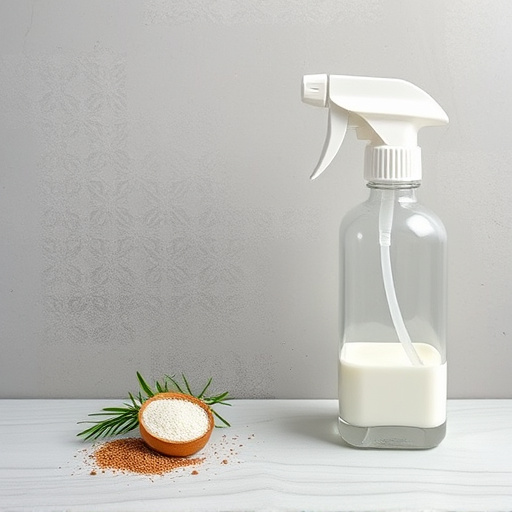OC spray, a powerful self-defense tool, utilizes capsaicin (chili pepper extract) to temporarily disable attackers. Understanding its active ingredients, concentration, and features like range and duration is crucial for effective use. It's essential to check local laws, undergo training, and consider the spray's composition (e.g., OC, foaming agents) for optimal self-protection while adhering to non-lethal force guidelines.
“Staying safe in an uncertain world is paramount, and self-defense spray stands as a powerful tool for personal protection. This comprehensive guide delves into every aspect of OC (Oleoresin Capsicum) spray—from its chemical composition to legal considerations. We dissect the OC spray ingredients to help you understand their role and effectiveness. Learn how to choose the right spray, explore safe usage guidelines, and be informed about legal implications. Arm yourself with knowledge; stay prepared.”
Understanding OC Spray: A Comprehensive Overview
Self-defense spray, commonly known as OC spray or pepper spray, is a powerful tool designed to incapacitate an attacker temporarily, allowing users to escape potentially dangerous situations. Understanding its composition and how it works is essential for anyone considering it as a self-defense mechanism. OC spray contains capsaicin, the active ingredient derived from chili peppers, which is known for its irritating effects on the eyes, nose, and respiratory system. This compound is suspended in a liquid solution, often combined with other ingredients to enhance its effectiveness and ensure proper application.
The specific formula of OC spray varies among manufacturers, but it typically includes additives like alcohol or other solvents to facilitate spraying and quick evaporation. These additional components help to disperse the capsaicin evenly, ensuring maximum impact on the target’s senses and mobility. Understanding the OC spray ingredients is crucial as it provides insights into its durability, range, and overall performance in self-defense scenarios.
Decoding the Ingredients: What's in Your Self-Defense Spray?
Understanding what’s inside your self-defense spray is a crucial step in making an informed choice. These products typically contain active ingredients designed to incapacitate or deter attackers, often using pepper spray or Oleoresin Capsicum (OC) as the primary components. Pepper spray creates temporary blindness and irritation, disrupting an assailant’s vision and ability to breathe effectively.
The OC spray, a potent extract from chili peppers, is known for its strong irritant properties. It attaches to the eyes, nose, and throat, causing severe discomfort and temporarily paralyzing the muscles. When shopping for self-defense sprays, checking the concentration of OC, which is measured in percent, is essential. A higher percentage indicates a more potent spray with greater range and effectiveness. Additionally, some formulations include other additives like foaming agents or vanishing chemicals to enhance visibility and distance during a confrontation.
Choosing the Right Spray: Factors to Consider for Optimal Protection
When choosing a self-defense spray, understanding its ingredients and effectiveness is key to ensuring optimal protection. Look for products containing active ingredients known for their pepper spray properties, such as capsaicin or oleoresin capsicum (OC). These natural compounds are derived from chili peppers and are highly effective in disabling an attacker by causing temporary blindness, coughing, and difficulty breathing.
Other factors to consider include the spray’s range and duration. A good self-defense spray should have a range of at least 20 feet and provide a burst that lasts long enough for you to escape—typically around 2 to 3 seconds. Additionally, check for ease of use, as some sprays come with features like a quick-release mechanism or a design that allows for one-handed operation, ensuring you can deploy it effectively during a dangerous situation.
Legal Implications and Safe Usage Guidelines
Self-defense spray, also known as OC spray or pepper spray, is a powerful tool for personal safety. However, its use comes with legal implications and safe usage guidelines that must be considered. Each jurisdiction has specific laws governing the possession, carrying, and deployment of self-defense spray. Understanding these regulations is crucial to avoid legal consequences.
When using self-defense spray, it’s essential to follow safety protocols. This includes ensuring proper training in its application, understanding the range and effectiveness of the spray, and being mindful of wind direction to prevent accidental exposure. Knowing the oc spray ingredients and their potential effects on different individuals is also vital. Always aim for non-lethal methods of self-defense and only use force when necessary to deter an imminent threat.
